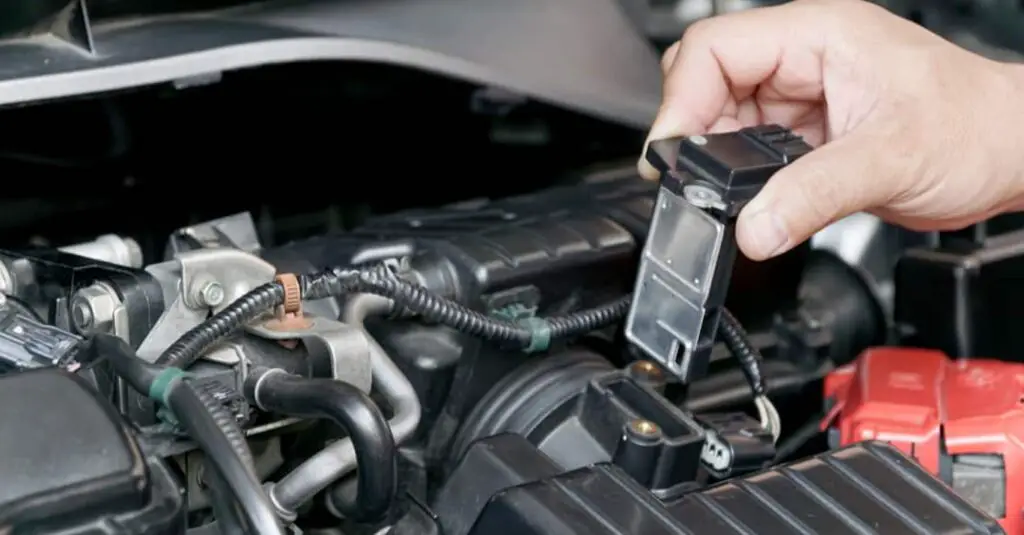The Intake Air Temperature (IAT) sensor on your Ford is typically located on the intake manifold, positioned to the right of the intake air piping. In some models, such as those equipped with a Mass Air Flow (MAF) sensor, the IAT sensor may be integrated into the MAF sensor itself. You can usually find the MAF sensor positioned on top of the air intake system, just after the air filter.
This setup allows for accurate monitoring of the air temperature entering the engine, enabling precise adjustments to fuel injection and air-to-fuel ratios for optimal performance and efficiency.
What is the IAT Sensor?
let’s talk about the Intake Air Temperature (IAT) sensor in cars like Ford. Picture this: it’s like the engine’s own weather forecaster, keeping tabs on how hot or cold the air is before it gets sucked in. Now, where does this little guy hang out? Well, usually, you’ll find it snuggled up in the intake manifold, kinda to the right of where the air piping goes in. But here’s the cool part: sometimes, it teams up with the Mass Air Flow (MAF) sensor, which sits right on top of the air intake after the filter.

They’re like best buds, helping the engine figure out the perfect mix of air and fuel for smooth performance. So, basically, this sensor is the engine’s way of staying ahead of the game, ensuring you get the most out of your ride in terms of power, efficiency, and cleanliness. And that’s why it’s a pretty big deal!
Frequently Asked Questions (FAQs)
1. What are the symptoms of a bad IAT sensor?
A malfunctioning IAT sensor can exhibit several noticeable symptoms:
- Poor Fuel Economy: The ECM might miscalculate fuel injections based on incorrect temperature readings from a faulty IAT sensor.
- Rough Idling: The engine may experience rough or erratic idling due to incorrect air-fuel mixture calculations resulting from a malfunctioning IAT sensor.
- Reduced Engine Performance: The engine might feel sluggish, especially during acceleration, or show a decreased throttle response.
- Check Engine Light: Many Ford vehicles have onboard diagnostic systems that will activate the check engine light if the IAT sensor is not functioning properly.
2. What does the IAT sensor control?
The IAT sensor measures the temperature of the air entering the engine. This temperature data is crucial because the density and, consequently, the oxygen content of the air varies with temperature. The Engine Control Module (ECM) uses this data to adjust and optimize fuel injection and ignition timing.
By doing so, the IAT sensor helps ensure that the engine operates efficiently, delivers optimal power, reduces emissions, and maximizes fuel economy. Furthermore, it assists the ECM in making necessary adjustments to prevent potential engine detonation in hot conditions.
3. Are the IAT and MAF sensors the same?
No, the IAT (Intake Air Temperature) sensor and the MAF (Mass Air Flow) sensor are not the same, though they often work closely together. The IAT sensor measures the temperature of the intake air, while the MAF sensor measures the volume and density of the air entering the engine.
However, in many modern Ford vehicles and other brands, the IAT sensor is integrated into the MAF sensor’s housing, leading to the misconception that they are the same. While they might be housed together, they perform different but complementary functions in the engine management system.